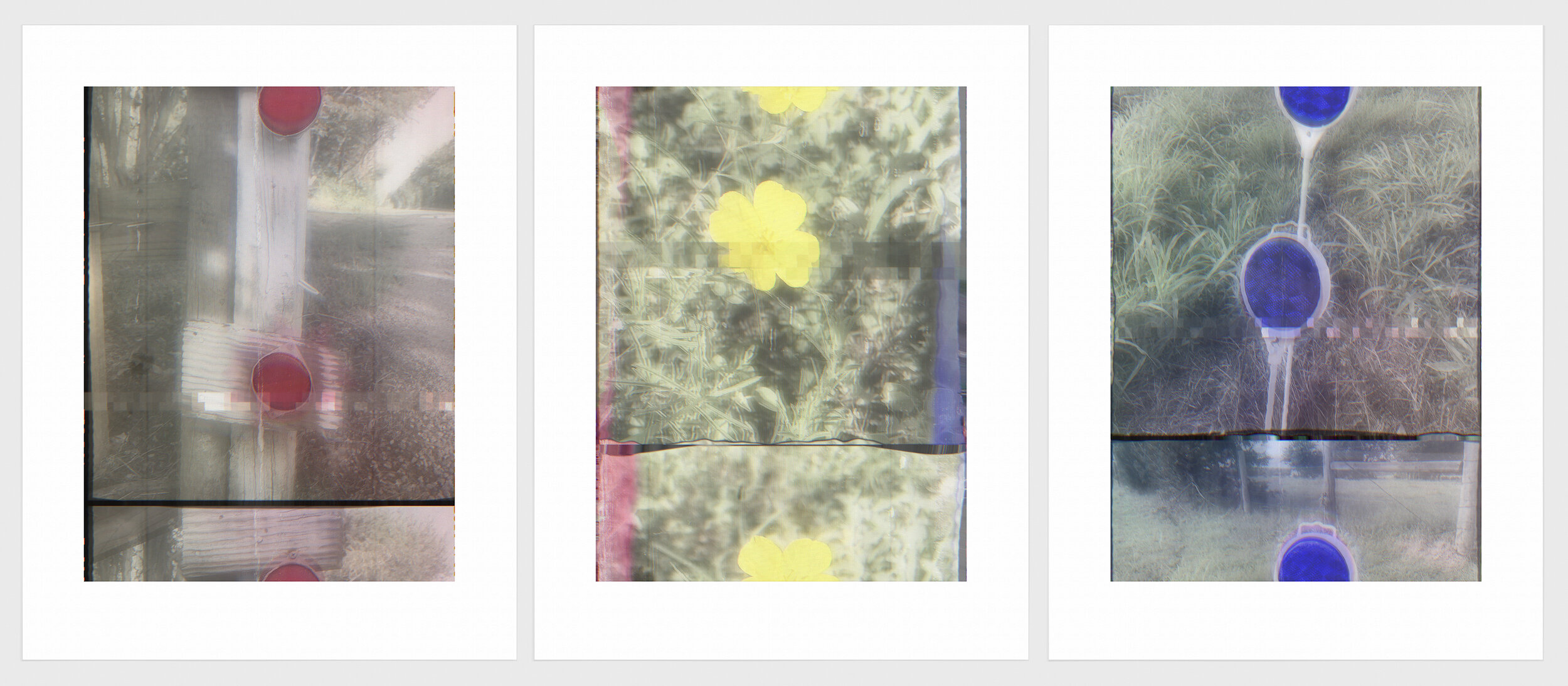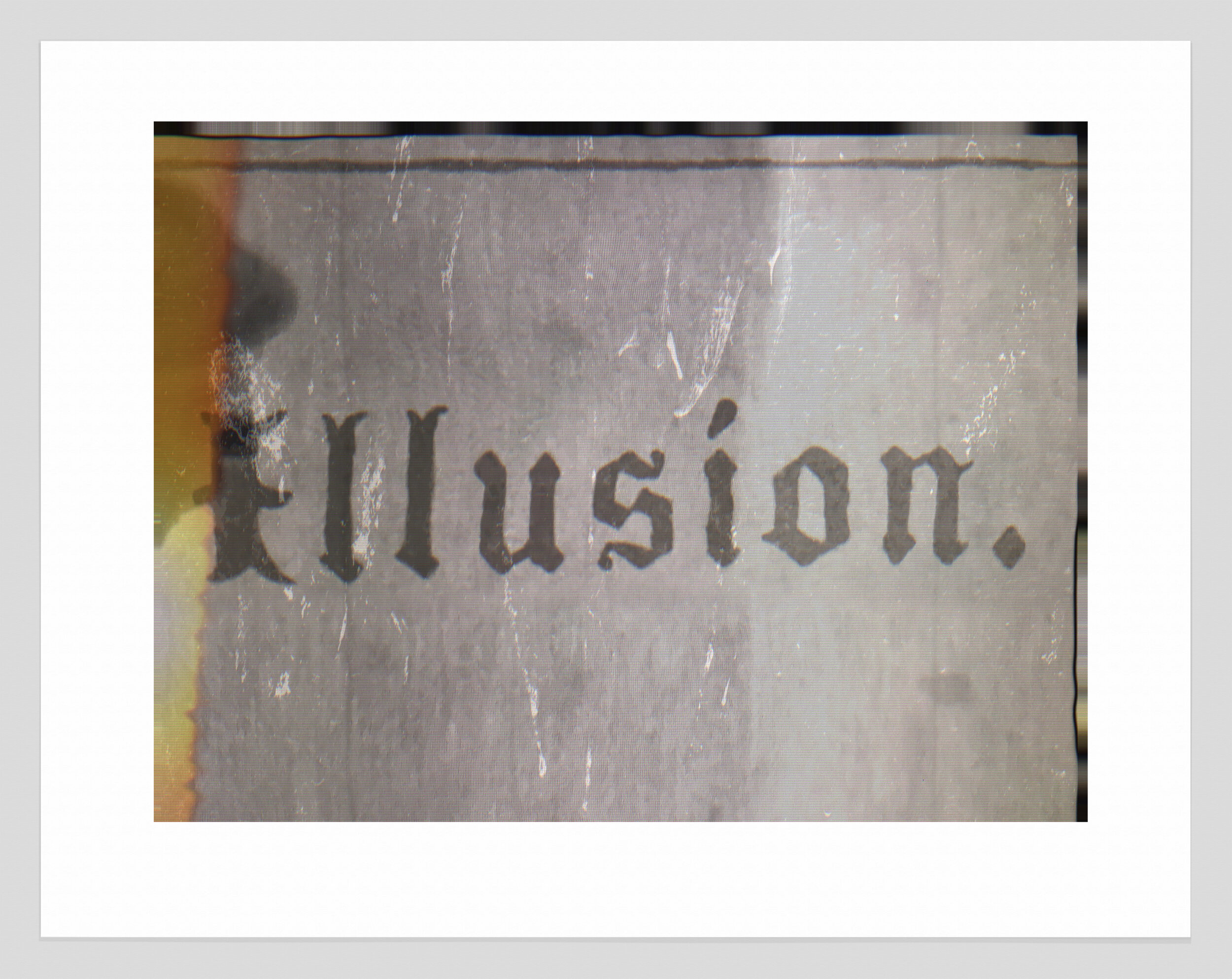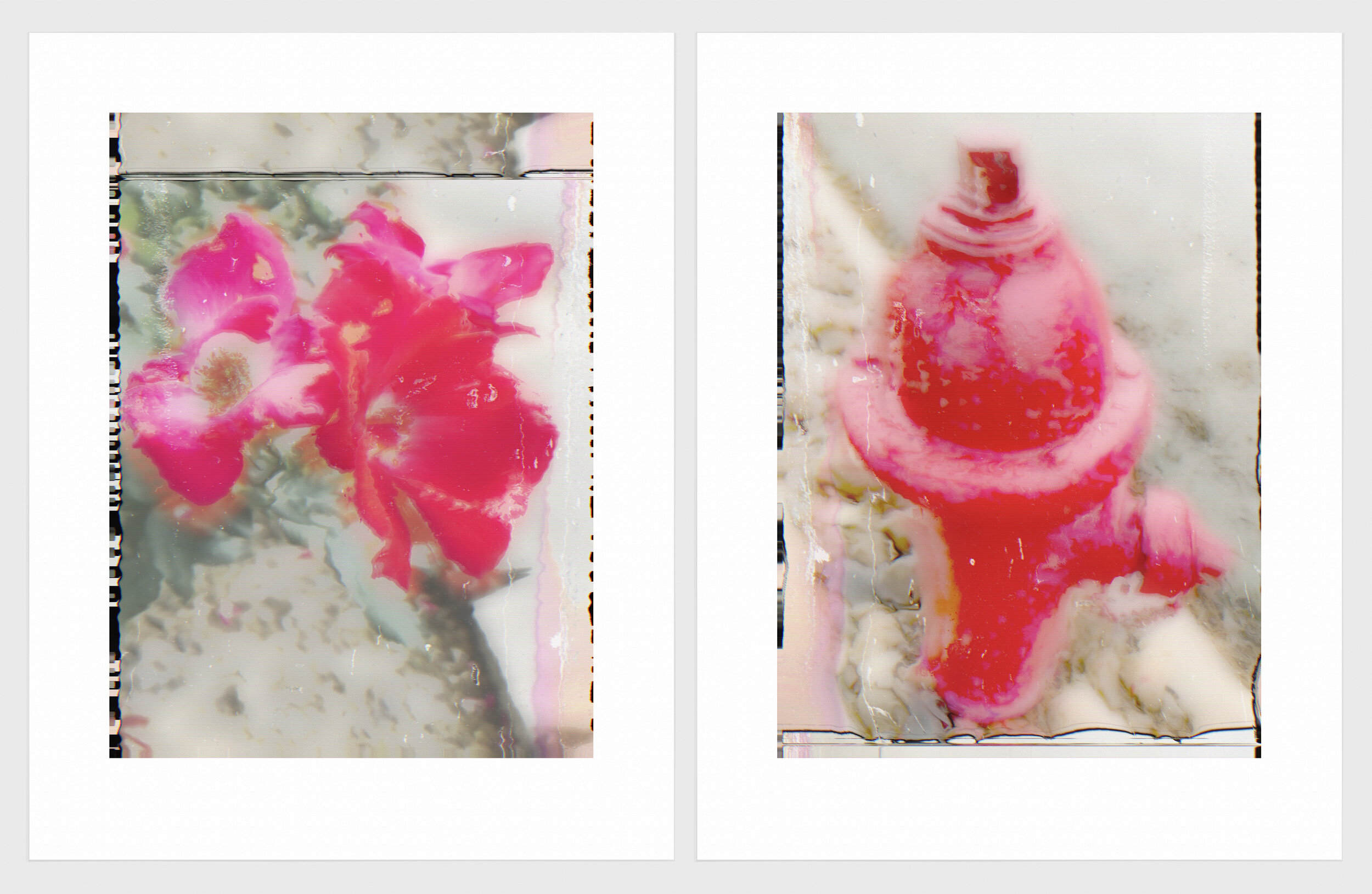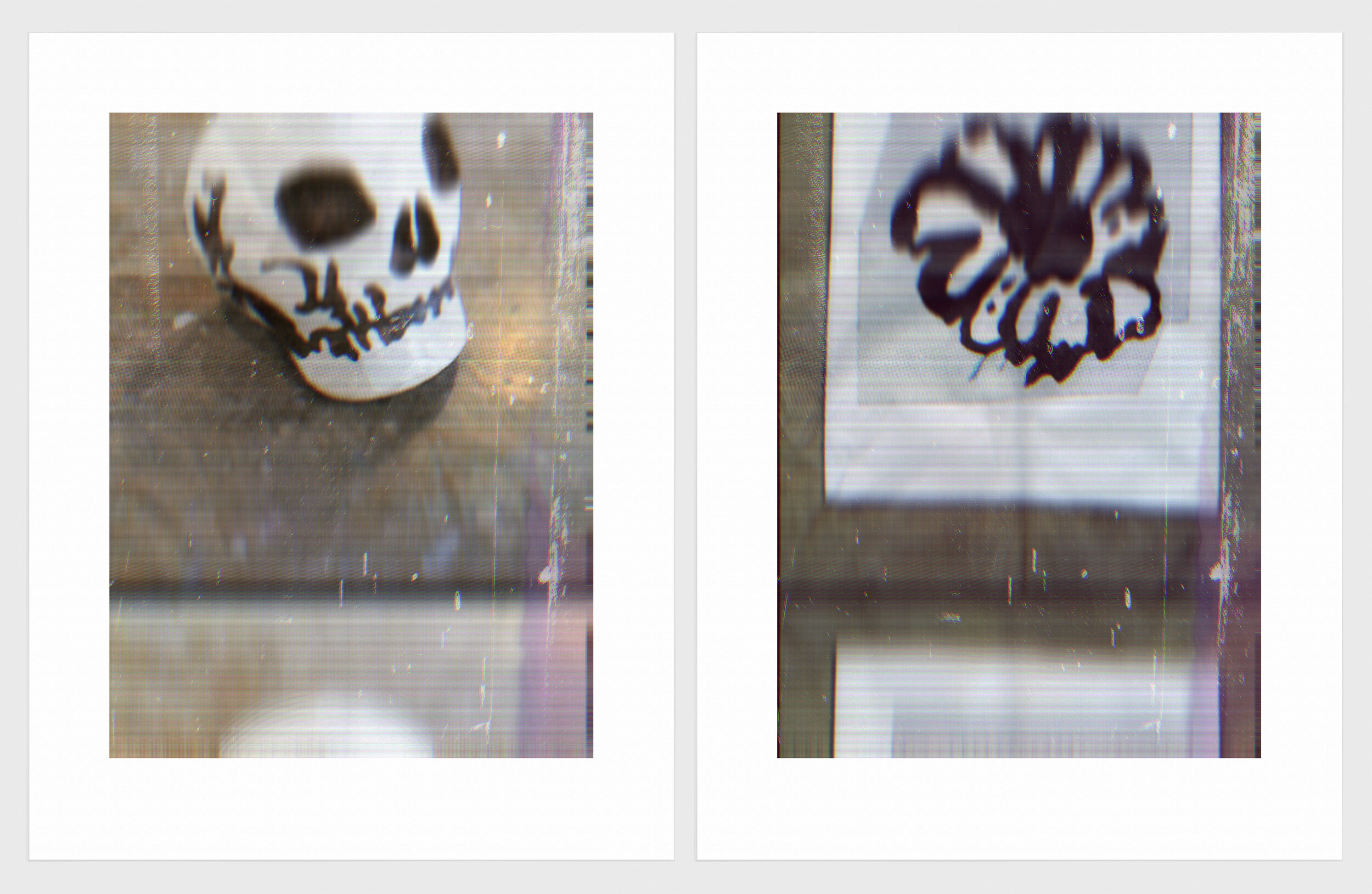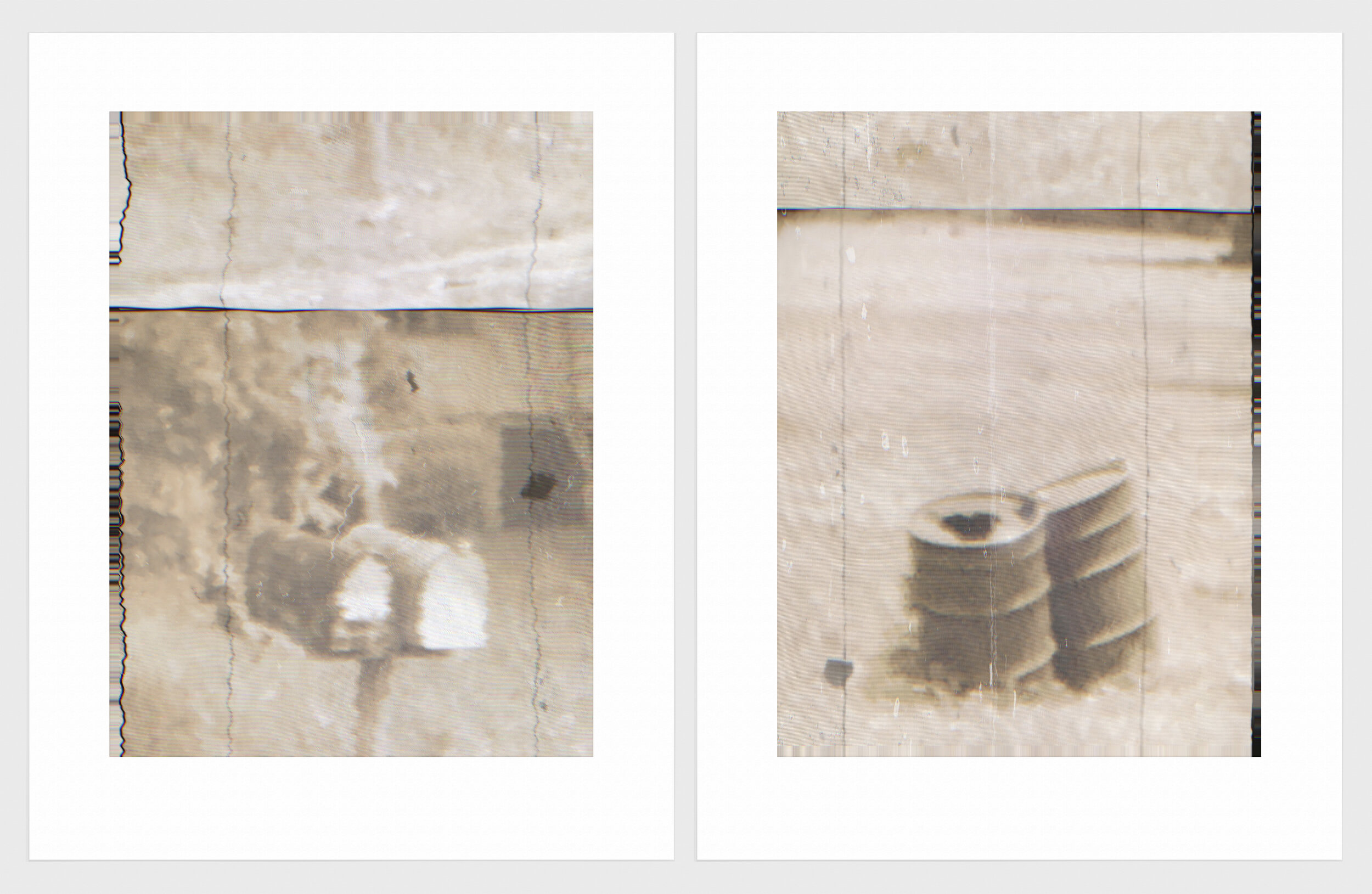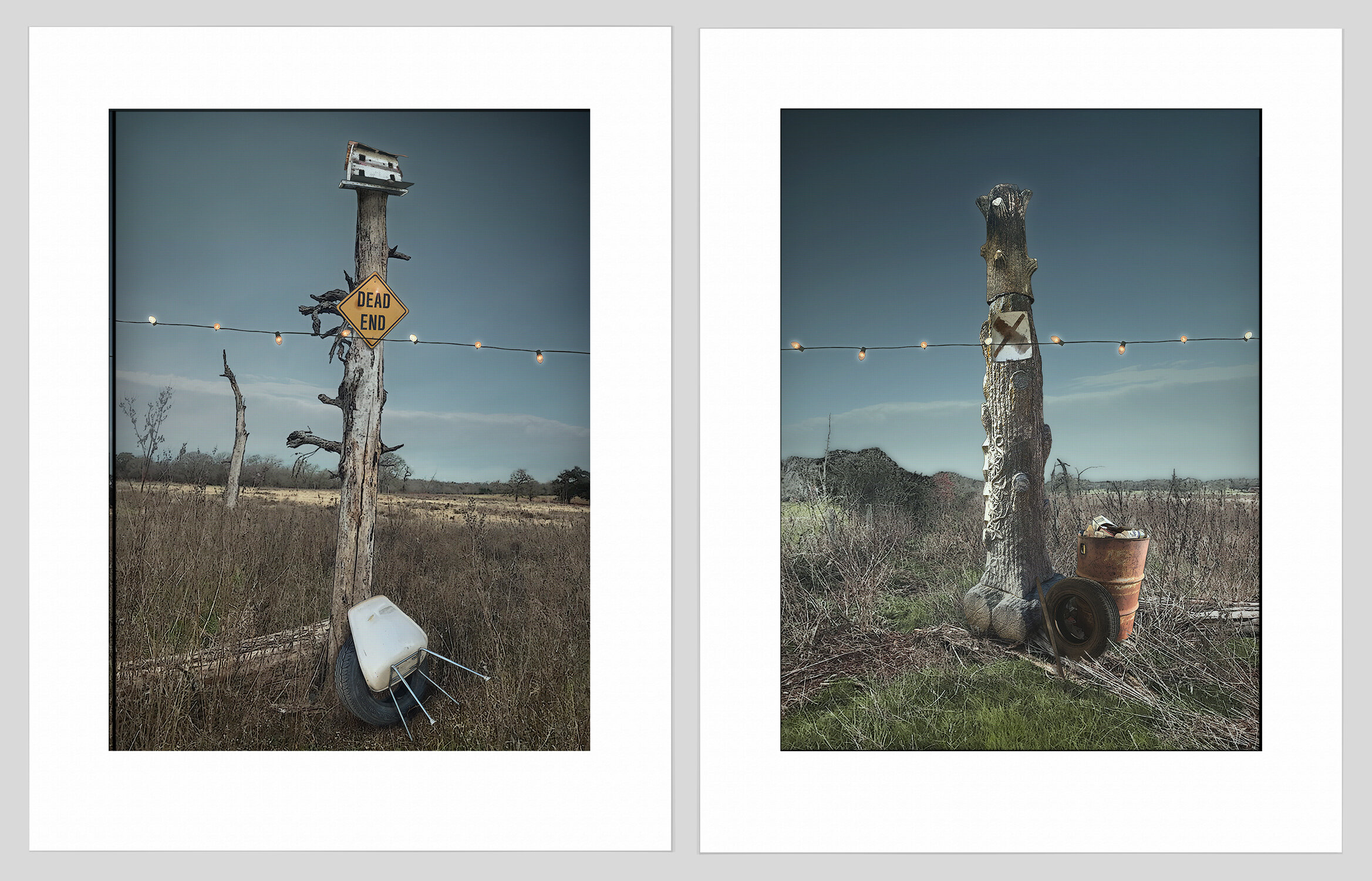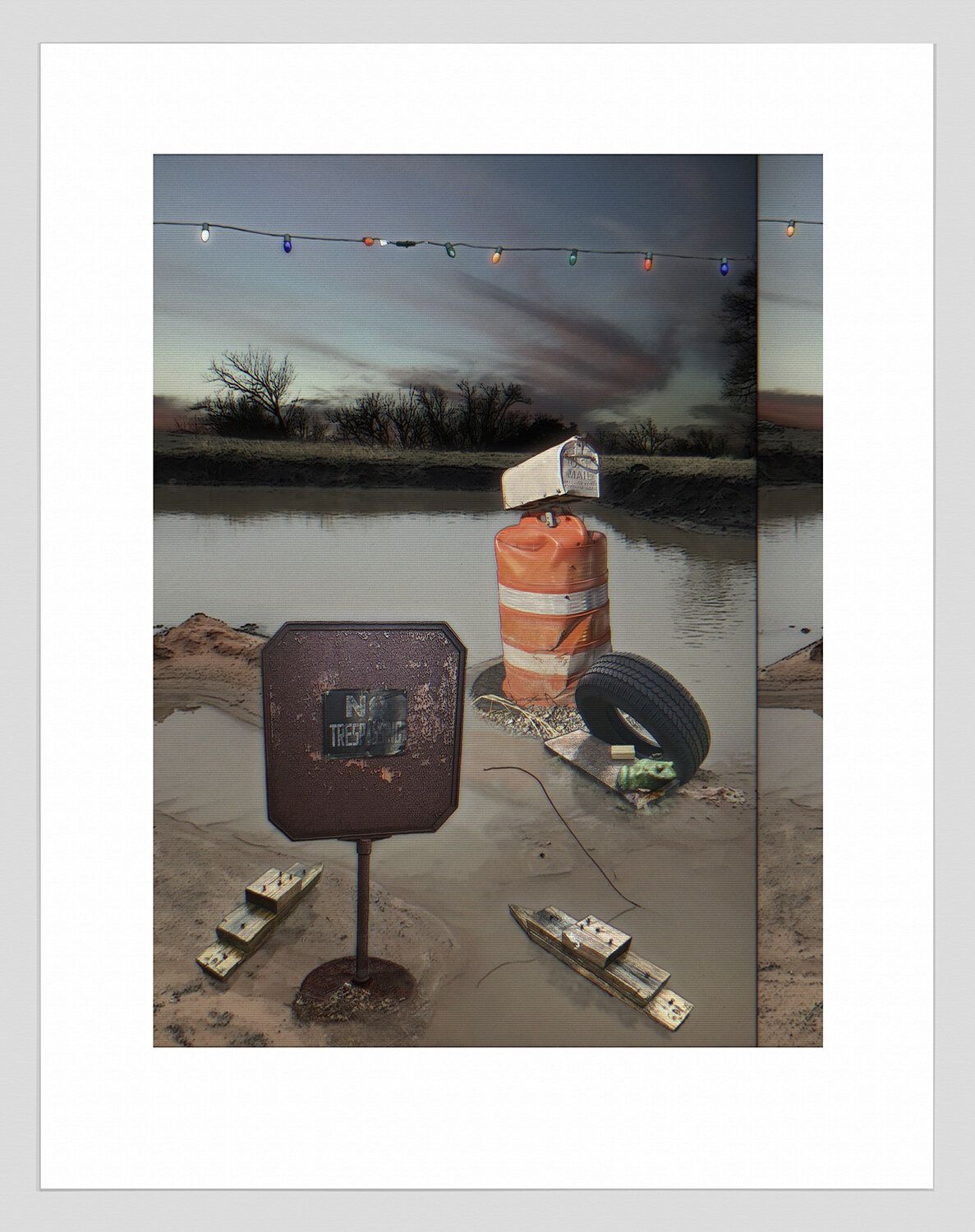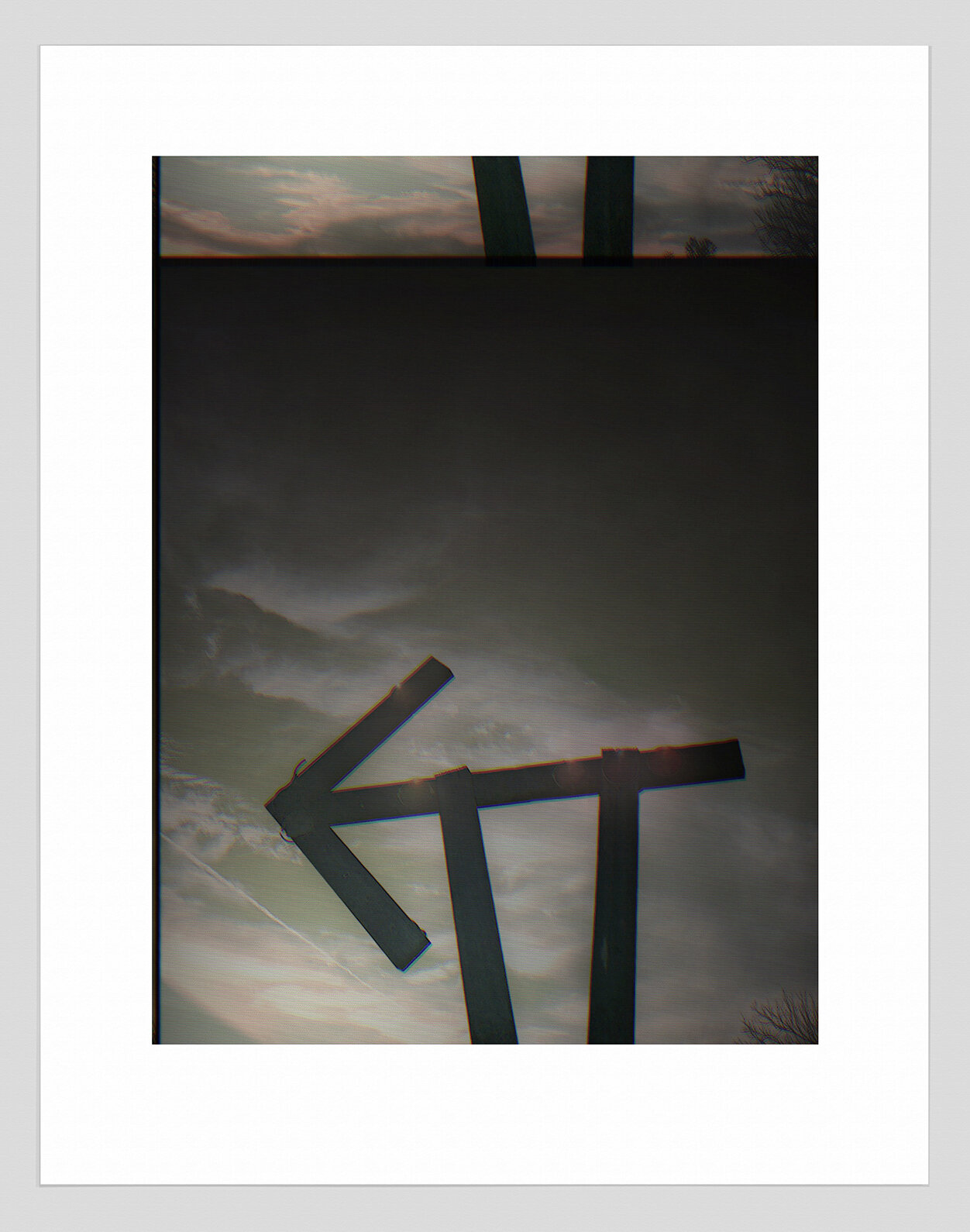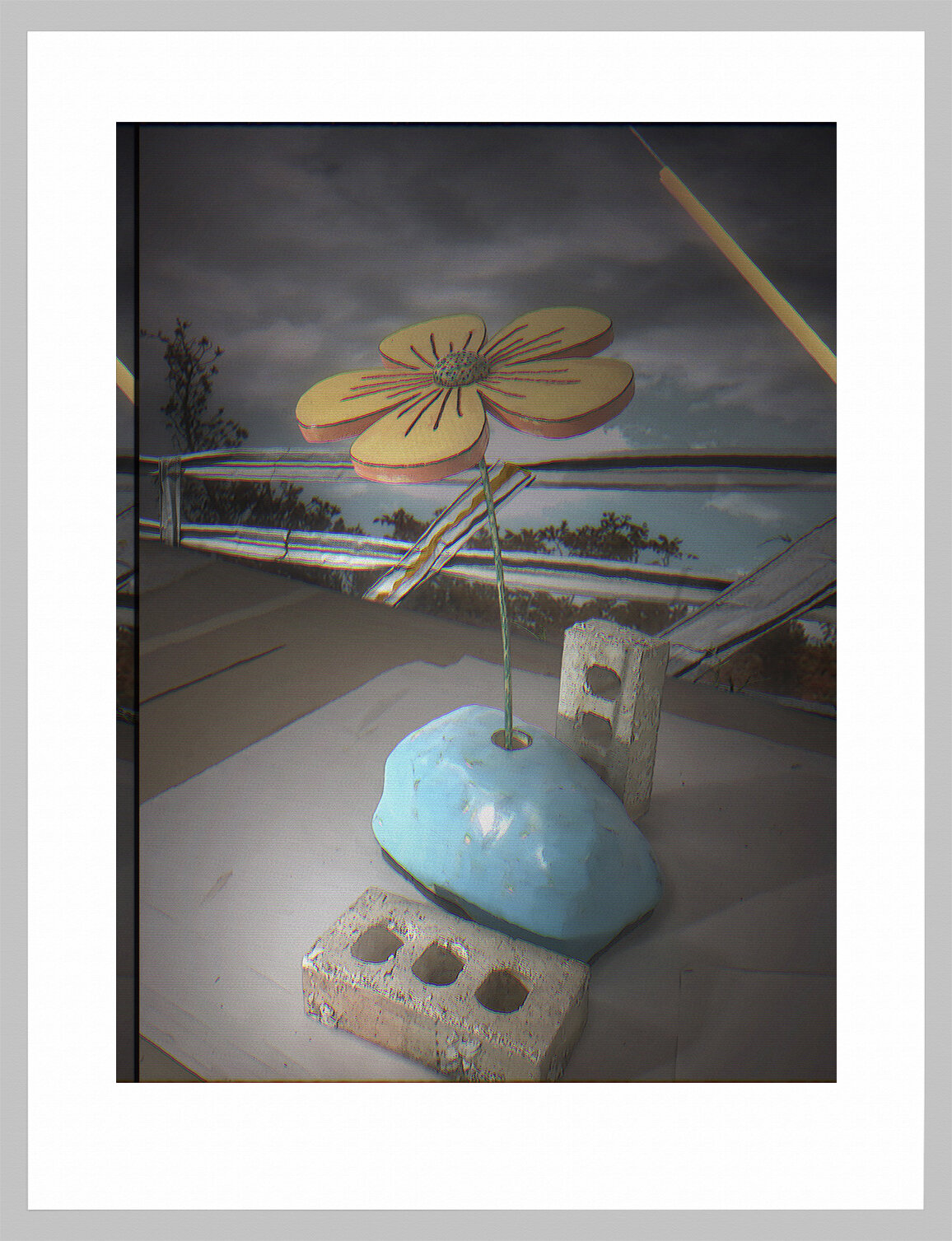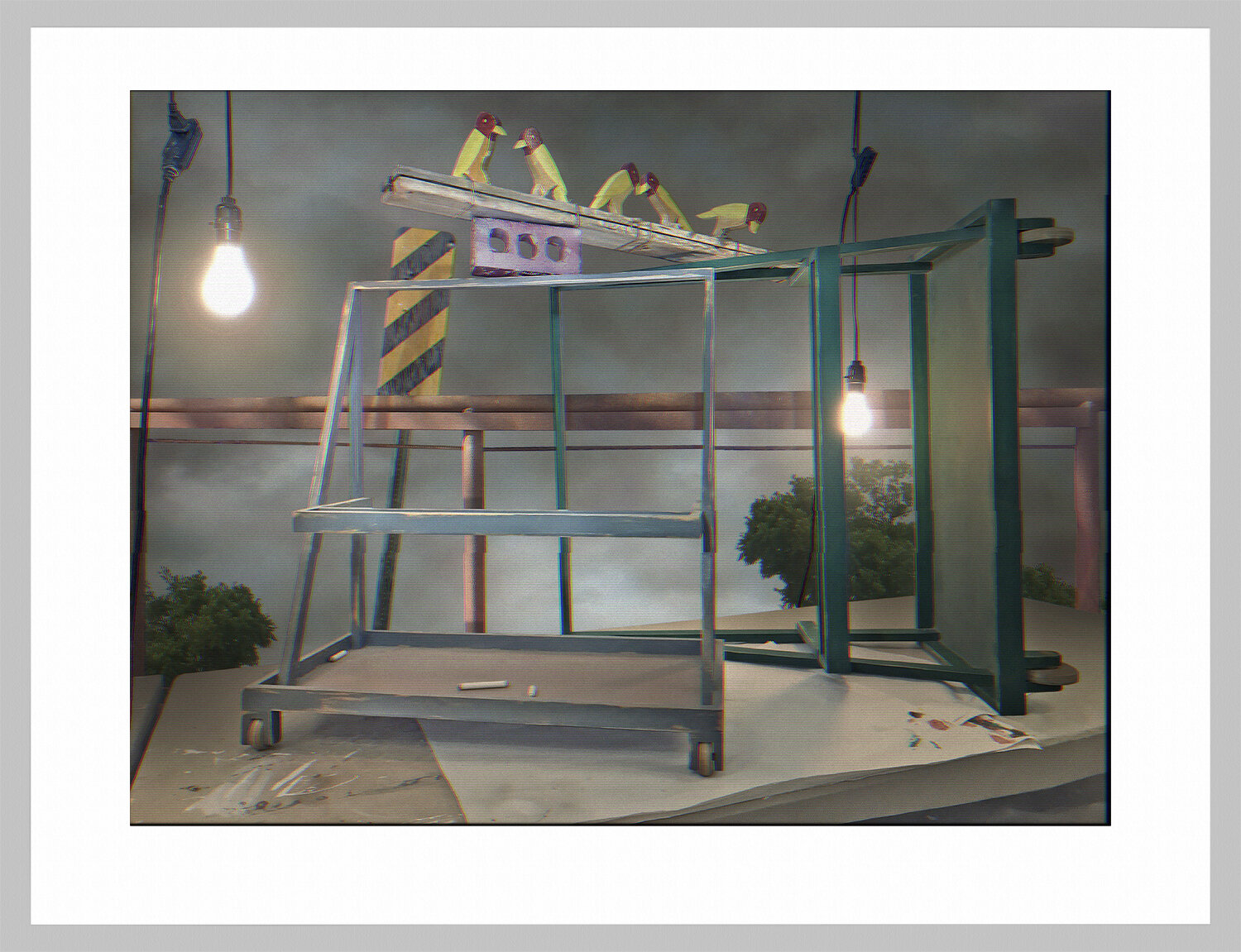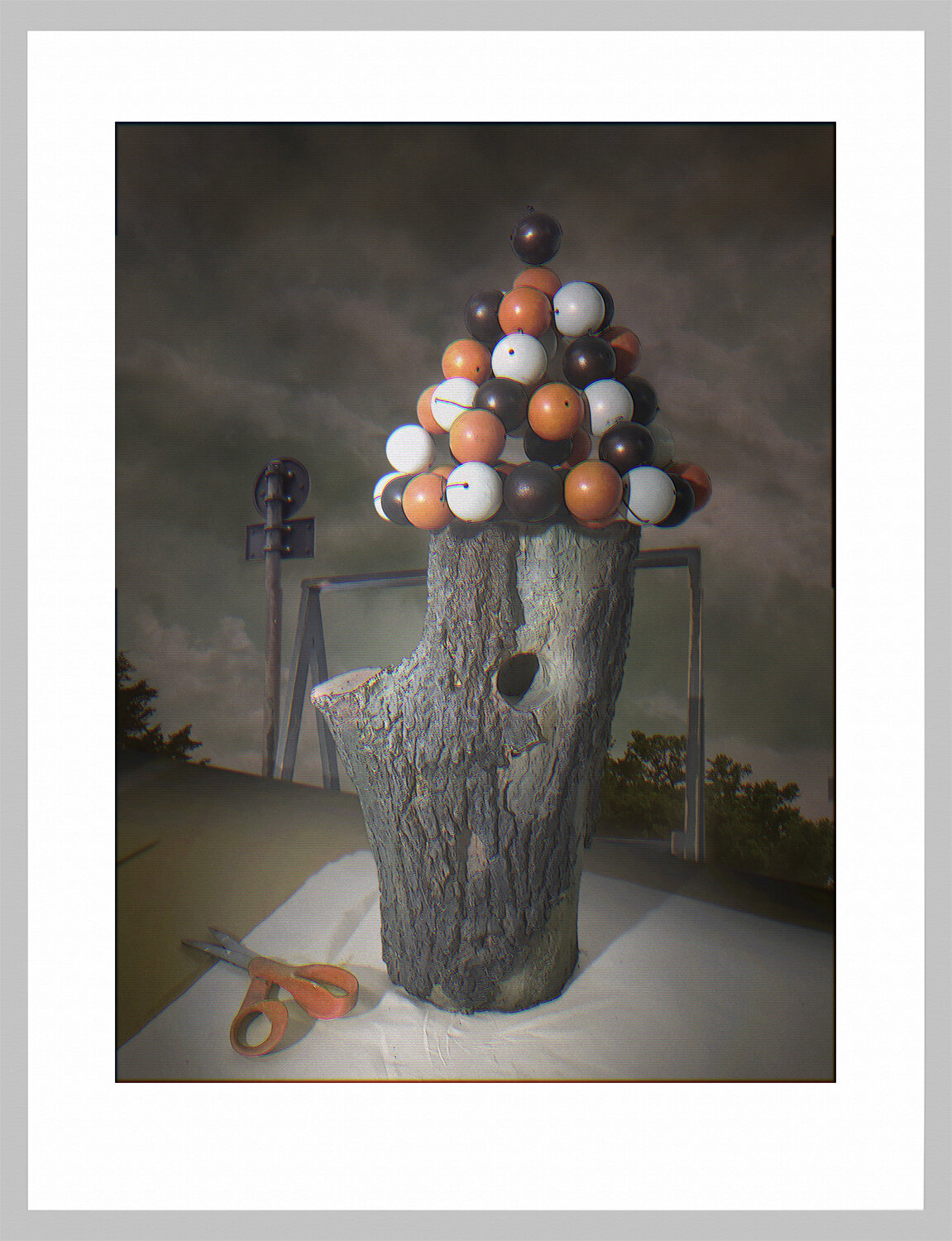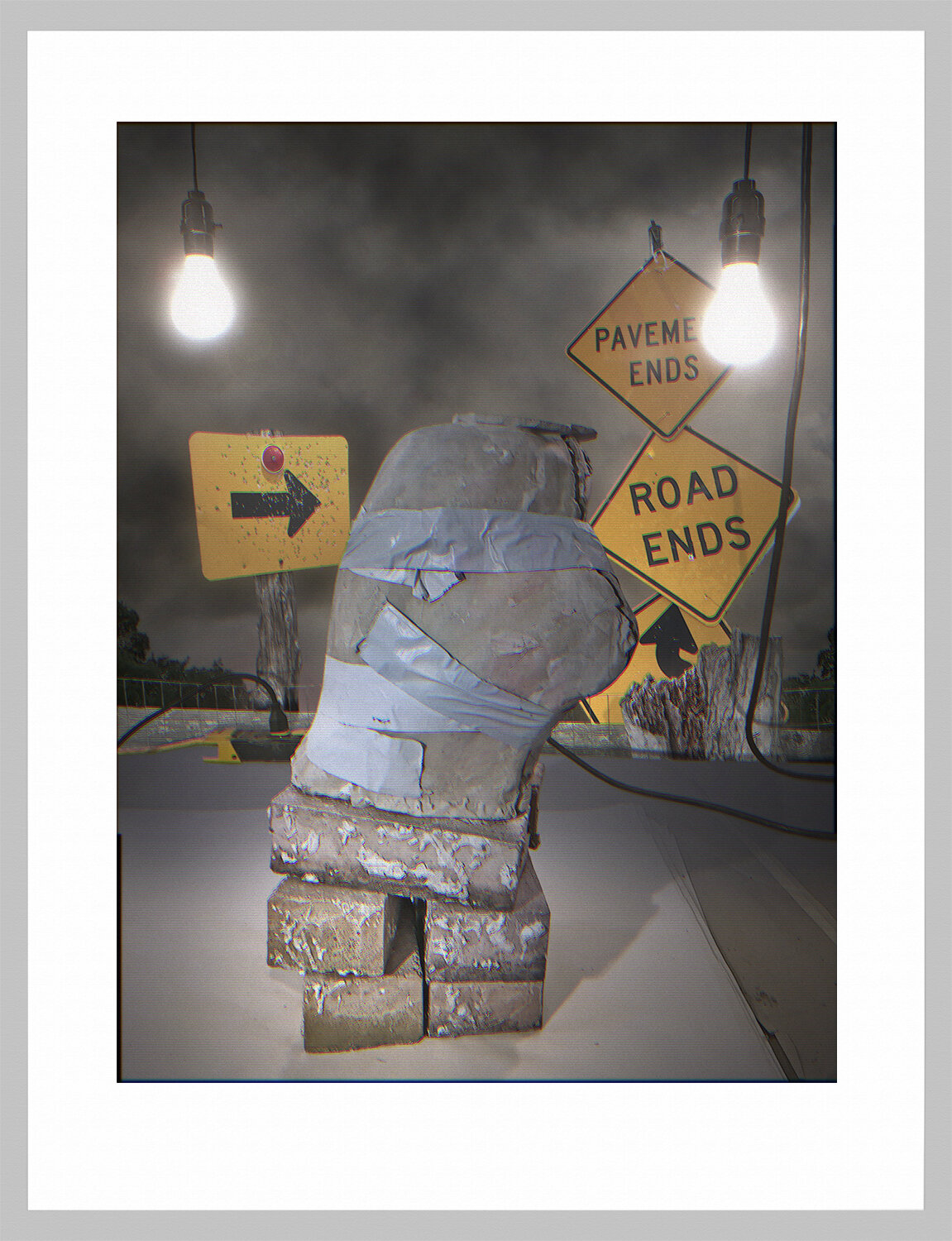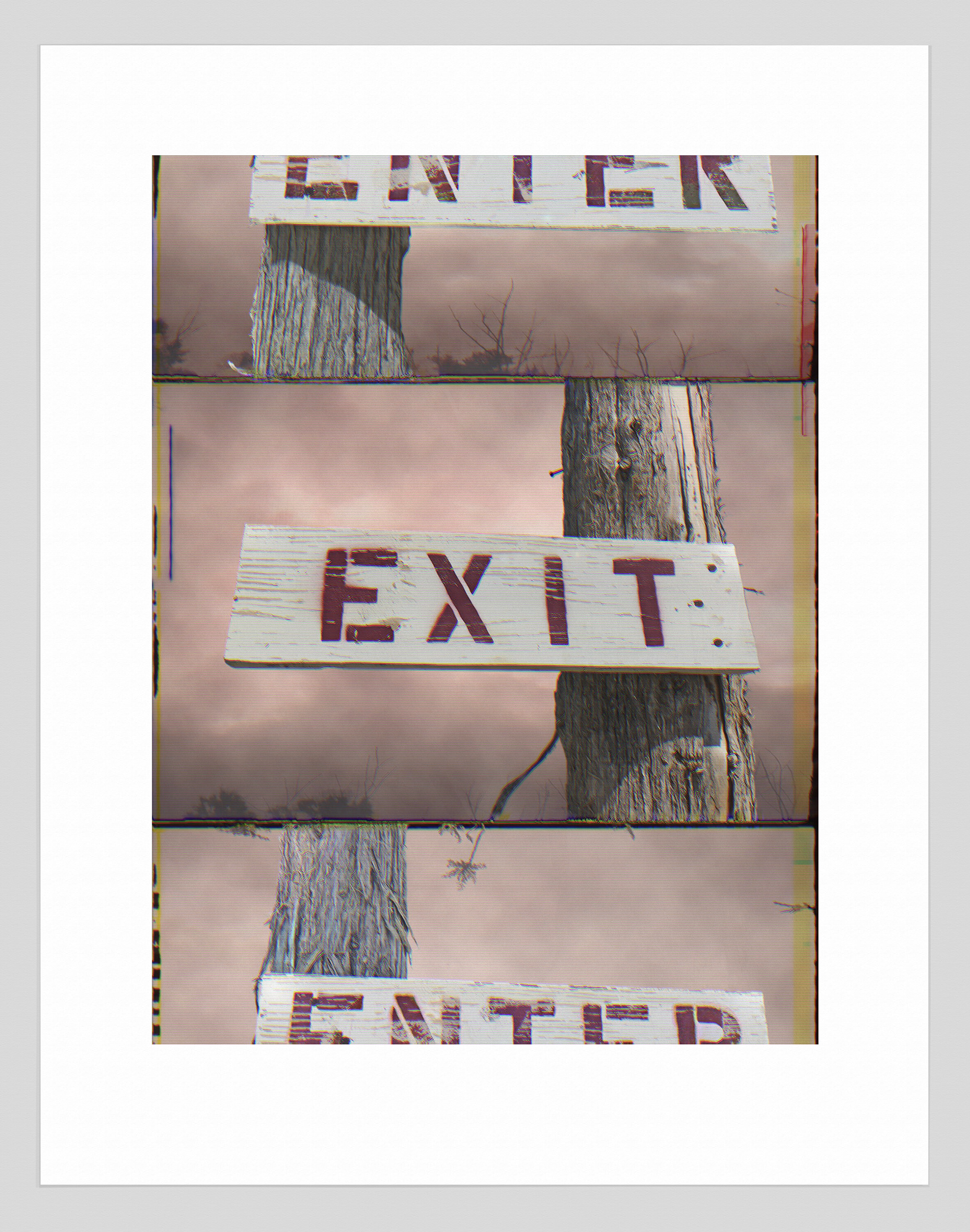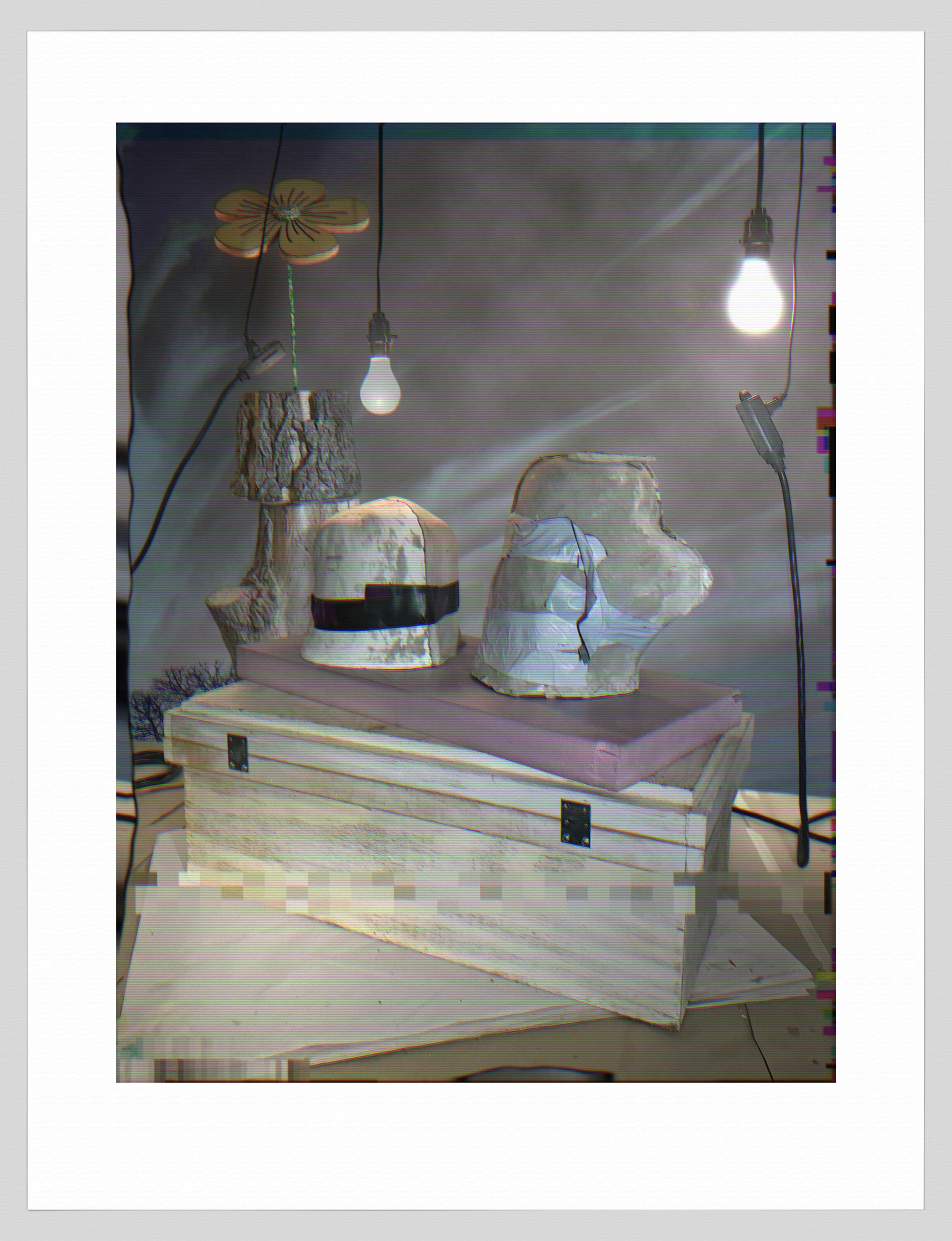Please take a look at the new work added to the Work: ARCHIVAL PIGMENT PRINT sections I, II, III, and IV, which include 100s of images of new digital print editions made since 2020. These new archival pigment prints are grouped into four overlapping series: Archival Pigment Prints I (UNREAL), Archival Pigment Prints II (NATURA MORTA), Archival Pigment Prints III (ANALOGIES 2020-2022), and Archival Pigment Prints IV (Analogies 2023) that together mark an updated and expansive point of departure in Bolton’s long-term investigation of appropriated and fabricated images. For Bolton, images act as coded visual signals that are transmitted, received, and then interpreted as representations of reality. While images can and do serve as metaphorical representations of how we perceive reality, they can also distort and misrepresent the real world, becoming the mere illusory ‘shadows’ described in Plato’s Allegory of the Cave.
As in Bolton’s earlier work, the new prints in the Archival Pigment Prints I (UNREAL) section begin with iPhone photographs of the kind of forlorn-looking things that litter our everyday environment – cast-off objects that stand as symbols of a past human presence. In the second series, Archival Pigment Prints II (NATURA MORTA), the prints actually start with in-studio iPhone snapshots of still-life tableaus put together from a leftover assortment of the cast-object multiple copies – tree stumps, logs, broken branches, boards, bricks, traffic cones, packing peanuts, etc. – used in his previous large-scale print installations. The Archival Pigment Print III and IV (ANALOGIES) sections were added most recently to catalogue Bolton’s many diptych and multi-panel prints. The individual panels in these photo-based and altered appropriated images are paired or grouped together to generate what Barthes describes as a connoted ‘third meaning’ in which the images relate in obtuse correspondences and act like discontinuous signifiers.
Unlike the photomechanical halftone dot pattern that characterized Bolton’s earlier screenprints and banners, however, these new prints display their purely digital origins and means of production through an applied layer of glitch filter effects that introduce random RGB shifts, shakes, slices, scanlines, and double exposures. The type of familiar visual narrative and wry social commentary that characterized Bolton’s previous work is intentionally absent in this new work, which adopts a more open-ended, free-associative type of narrative construction. Resembling printouts of corrupted digital files and wiithout clear narrative storylines, these new archival pigment prints are set within a fictional, digitally altered version of the ‘real’.


